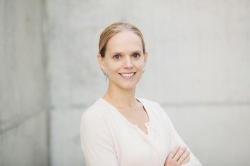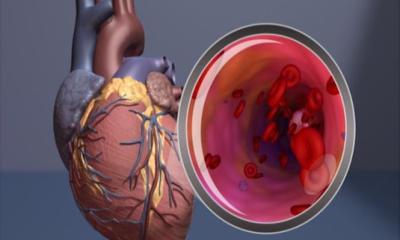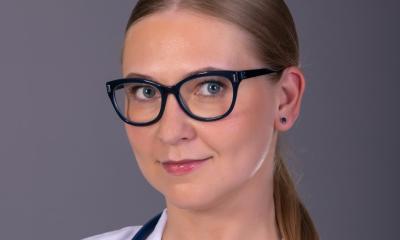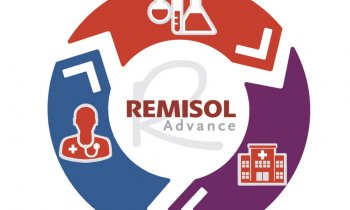Research on injectable oriented hydrogels for spinal cord repair
The research objective of Dr.-Ing. Laura De Laporte, junior group leader at DWI – Leibniz Institute for Interactive Materials in Aachen, is to develop a minimally invasive therapy for spinal cord injury. Her goal and her scientific approach to develop an injectable material with the ability to provide biochemical and physical guidance for regenerating nerves across the injury site, was selected by the European Research Council (ERC). Laura De Laporte now receives a 1.5 Million Euro ERC Starting Grant for her project ANISOGEL.

Spinal cord injury affects approximately two million people worldwide and is devastating as it leads to a loss of motor and sensory function below the point of injury. Regenerative therapies therefore try to restore nerve tracts and their function. Human neural stem cells or oligodendrocytes, which form the myelin sheet around the nerve cells, have been successfully transplanted into the damaged area and have created a spark of hope. To support these transplanted and other native cells at the injury site, and to guide neuron growth across this area, scientists are also investigating nerve bridges that are made of biomaterials, provide functional domains, and release growths factors. Unfortunately, such implants still face the challenge to stimulate the growing nerves to cross the point of injury and reenter the healthy spinal cord to rebuild functional connections.
In her project ANISOGEL, Laura De Laporte will engineer an injectable biomaterial that can be used as a matrix for a minimally invasive therapy to support oriented regeneration of damaged nerves. The material is based on a soft, water-rich polymeric network (hydrogel), which gels in situ and can be designed to mimic the conditions of the natural cell environment. The physical, chemical, and biological properties of these gels can be tailored bottom-up to resemble the body’s own extracellular matrix that provides mechanical and biological support to the cells.
“A hydrogel-based approach is not new. The innovative aspect about ANISOGEL is that we want to synthesize a material that can be hierarchically structured and form an anisotropic architecture in situ,” explains De Laporte. “This will improve the cells’ spatial orientation, which is crucial for nerve repair. The hydrogel will be further modified with biological signaling molecules to create an environment that stimulates cellular processes necessary for spinal cord regeneration and to regain functionality.”
PROFILE:
Laura De Laporte received her Masters in Chemical Engineering at the University of Ghent and obtained her PhD in the laboratory of Prof. Lonnie Shea at Northwestern University in the United States. There, she focused on the development of multiple channel bridges with the ability for DNA and protein delivery for spinal cord repair. As a post-doctoral researcher at EPFL (Switzerland) in the laboratory of Prof. Jeffrey Hubbell, she engineered extracellular matrix-like hydrogels for tissue and nerve repair. She started her junior research group at DWI in October 2013. With the ERC Starting Grant, the European Research Council supports her work for the next five years.
Source: Press release DWI - Leibniz-Institut für Interaktive Materialien
17.03.2015











